The advertising business has been developing solutions and seeking alternatives since Google declared that Chrome will no longer allow third-party cookies, Joining Apple’s and Mozilla’s removing/blocking cookies from their browser. As a result of the changes, virtually all marketers (98%) are being forced to take proactive actions to prepare for the future. To utilise consumer data obtained through digital interactions in the future, consumers’ explicit authorization will be required under the law aimed to preserve consumer privacy. This would have a significant influence on how data is utilized to adapt adverts to the target audience’s demographics and activities.
However, the disappearance of these third-party measurements would not mean the end of these measurements; it would simply change the way we measure.
Cookies and Privacy
No doubt all users have been exposed to a new consent framework, you’ve probably noticed the pop-up that appears when you visit a website and requests that you accept all cookies. To keep track of a user’s online activity, a web server creates these tiny data packets known as cookies, which are then saved on the user’s web browser when they are browsing a website. There are eight different sorts of cookies that can be used. First and Third-party data would be the most common ones. Third-party data can provide insights into consumers’ behaviour, demographics, and habits which can empower more informed business decisions. While using third-party data to target relevant adverts to the users, some individuals regard it as a privacy risk as third-party cookies allow other sites to access this data. This is where the need for cookie substitutes comes into play.
What advertisers need to know about the UID 2.0 or Universal IDs
Granular audience targeting and cross-site retargeting become increasingly difficult without the full expanse use of the third-party cookies. Frequency capping, Identity linkages, and Traffic Monetization are also affected significantly with Google going cookieless. The decision to abolish third-party cookies is heavily influenced by privacy regulations like GDPR and PDPA. The Adtech sector is on a frantic search for a replacement to maintain a quality standard for measurement.
UID 2.0 is an open-source, industry initiative spearheaded by The Trade Desk, one of the largest DSP’s (Demand Side Platform). UID 2.0, uses first-party data as its foundation, provides a shared identification to distinguish the user across the supply chain without syncing cookies.
The adoption of UID 2.0 has helped many advertisers serve relevant adverts to the users. P&G is one of many brands that have joined this approach as a potential solution for the cookieless world.
According to P&G senior executive Eric Austin, “publishers and advertisers need a consumer-centric identification solution that will raise the bar on privacy.”
As more partners seek to find solutions in a third-party cookie deprecated world, the core benefit is to provide their consumers more control over their data. Disney, Albertsons, Vox Media, and Amazon Web Services have all announced integrations with the identity framework in recent months.
Features of UID 2.0
- Open-Source and Interoperable: This framework is free to use because it is open source, and it speeds up the scalability possibilities by eliminating the need to sync cookies.
- Data Security :The emails are all hashed and encrypted and regularly changed which prevents fraudulent activities. Everyone who uses it must agree to a set of terms and conditions governing how it can be used, which isn’t the case with cookies. Prebid, is the designated operator of UID 2.0’s technical infrastructure which manages the decryption and encryption process of the framework.
- Transparency and privacy controls: Users have the option to access, track, and change their privacy preferences at any time.
- Single sign-on (SSO): Once a user registers, a free, single sign-in option is available across the open internet.
- Anonymity: Once the user has signed up, it cannot be reverted back to the original hashed form or any of its previous hashed versions.
To wrap it all up..
Given the rapid advances in ad technology and the accelerated use of machine learning within the advertising technology ecosystem, it is surprising to think that the traditional cookie script of code has lasted this long. New alternatives and privacy-centric solutions should be embraced, tested and improved in correlation with the advent of ad technology. The UID 2.0 is one example of such evolution and advancement.
Many businesses have already begun to evaluate new options and adapt to them. With all of the changes that are taking place these days, we know for certain that an advertiser, publisher, or even a customer must respect data privacy if they want to stay in the game.
For brands seeking to collect, analyse and activate data within the regulatory framework it is key to have a trusted partner to navigate the ecosystem. Contact the Bidmath team to discuss how we can support a robust first-party data strategy development.






